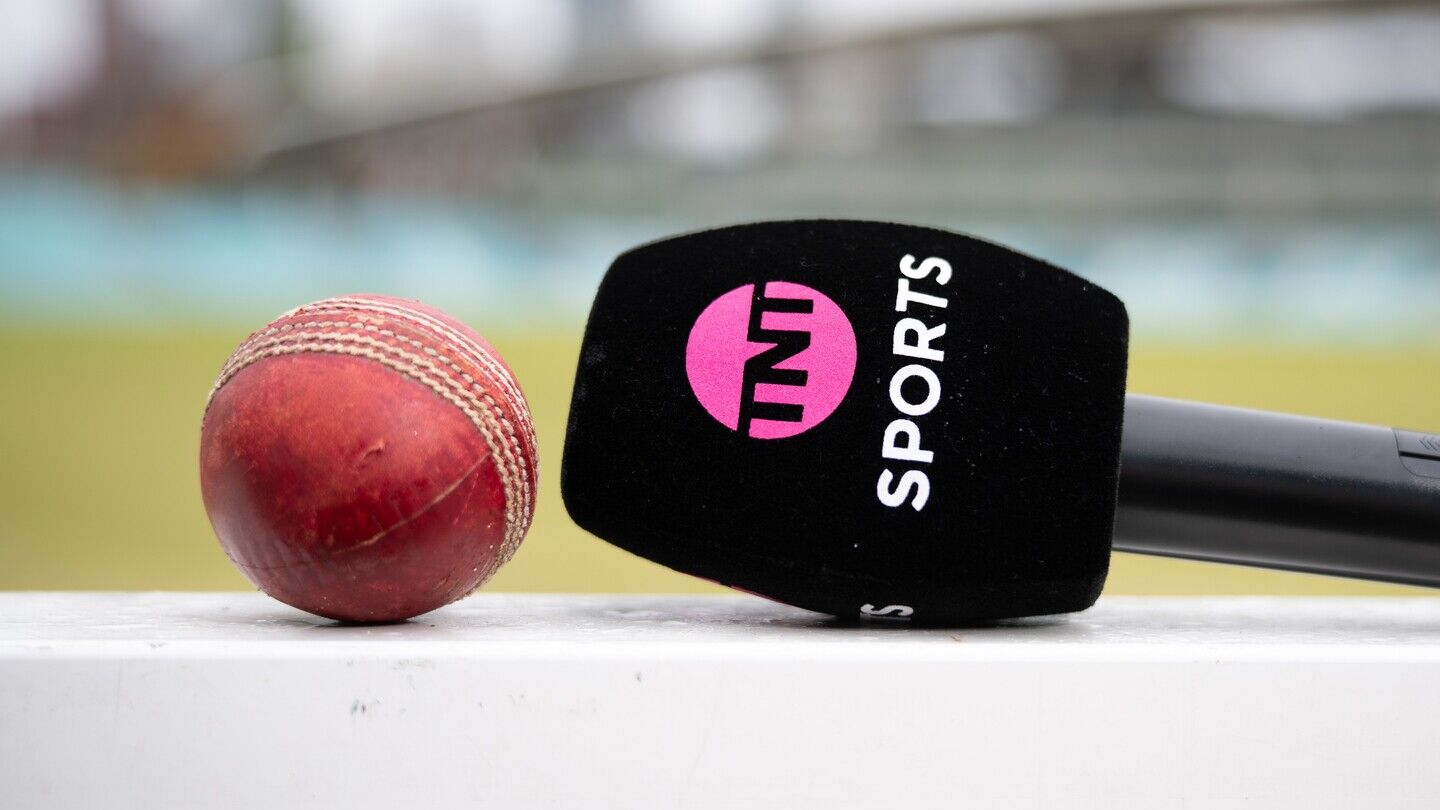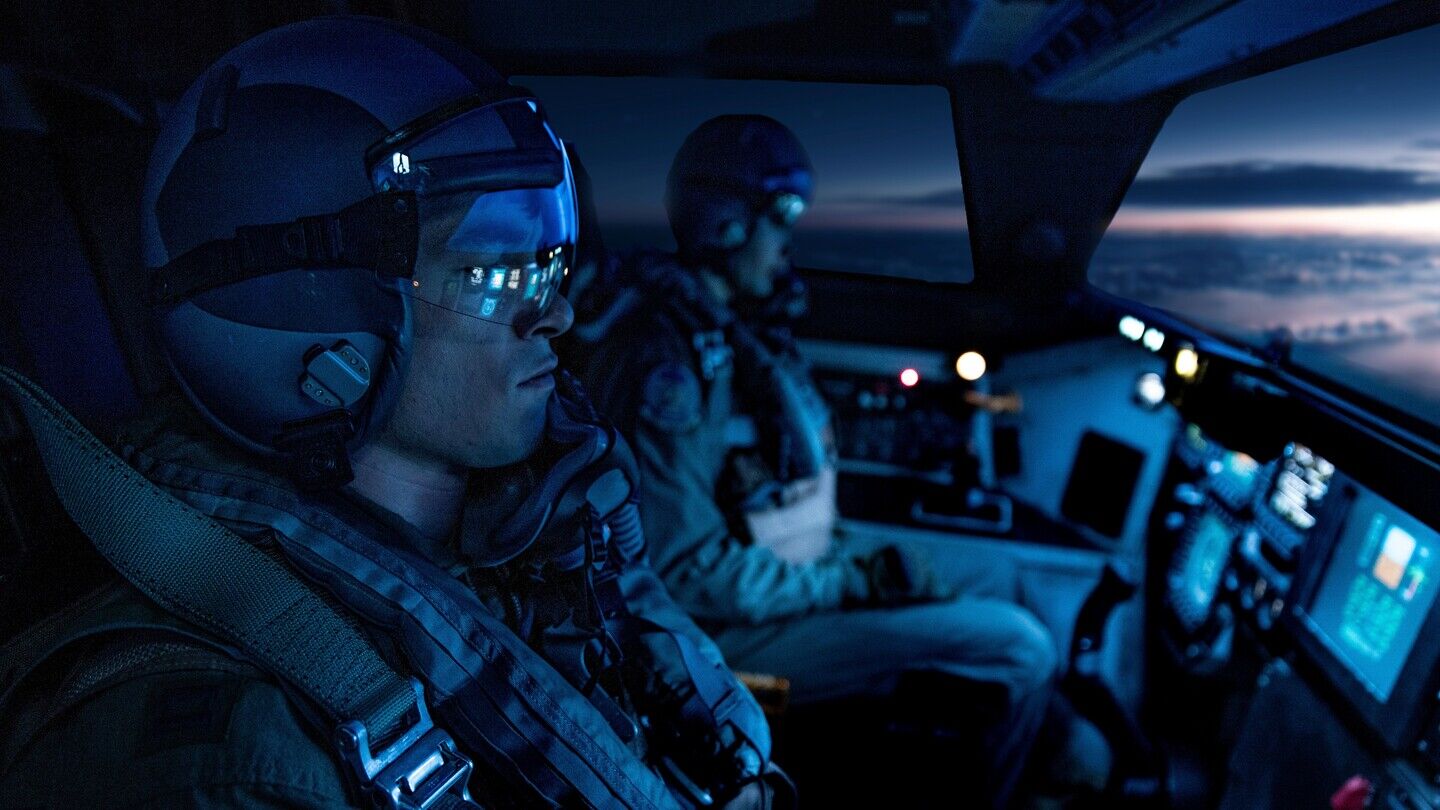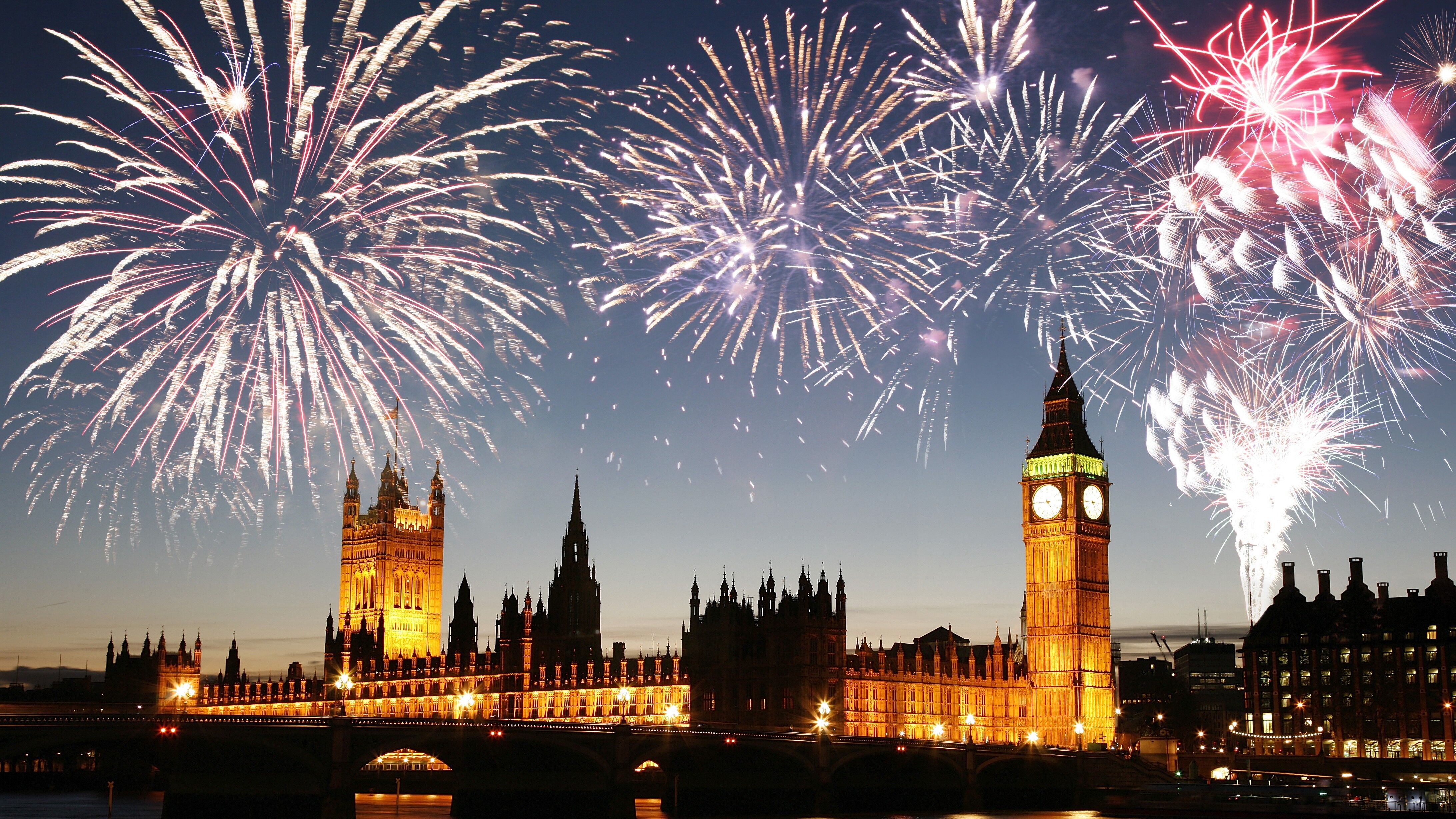Michael Mann’s new film contrasts the frenetic action of racing sports cars with the more formal staging of Enzo Ferrari’s interpersonal rivalries and driving ambition, writes Adrian Pennington.
ust as the template for Days of Thunder was Top Gun so Ferrari borrows camerawork straight out of Top Gun: Maverick though these two films are worlds apart in all other respects.
Michael Mann’s new film is a period drama about motorsport mastermind Enzo Ferrari’s determination to win the automotive business race while pushing his test drivers to the limit.
“We were going to be driving these cars extremely fast over kilometres of country so we needed cameras that would be lightweight and robust enough,” explained Director of Photography Erik Messerschmidt ASC of the film’s signature racing scenes which included...
You are not signed in
Only registered users can read the rest of this article.

Behind the scenes: The Running Man
Scenes structured like Russian nesting dolls present Editor Paul Machliss with a challenge in completing this deadly reality TV show.

TNT Sports and The Ashes: “We need to be at the heart of the story”
TNT Sports takes a hybrid approach as England’s cricket team heads down under with a sporting chance of returning with a little urn. Adrian Pennington reports.

Behind the scenes: Frankenstein
Cinematographer Dan Laustsen tells IBC365 why he and Guillermo del Toro turned the classic nightmare, Frankenstein, into a love story of ice and warmth between father and son.
Behind the scenes: Good Boy
From casting his own dog as the lead to shooting at a dog’s eye level, first-time Feature Director Ben Leonberg has perfected a filmmaking process built entirely around a pet. The result? Critical acclaim and a viral smash for horror season.

Behind the scenes: A House of Dynamite
Filmmaker Barry Ackroyd reveals how his camera work takes audiences inside the command bunker and gives them no control over the final countdown to nuclear Armageddon.



